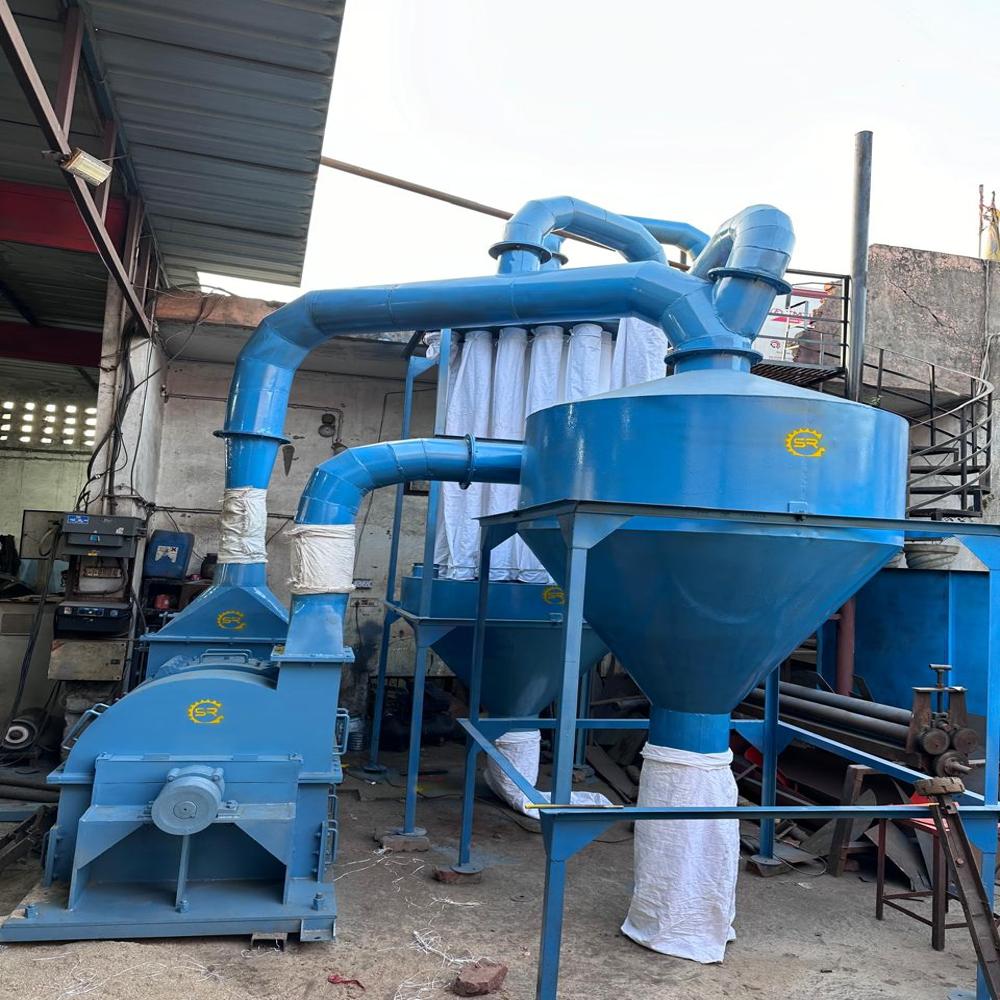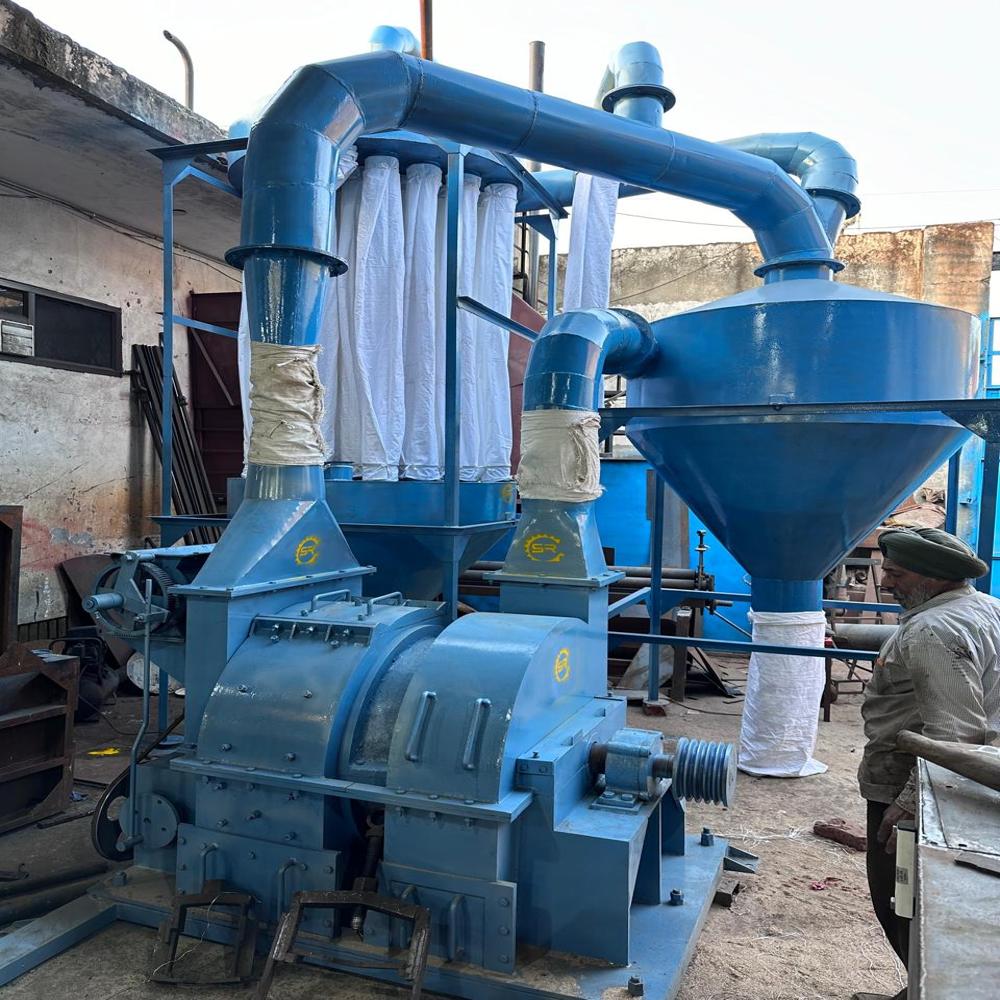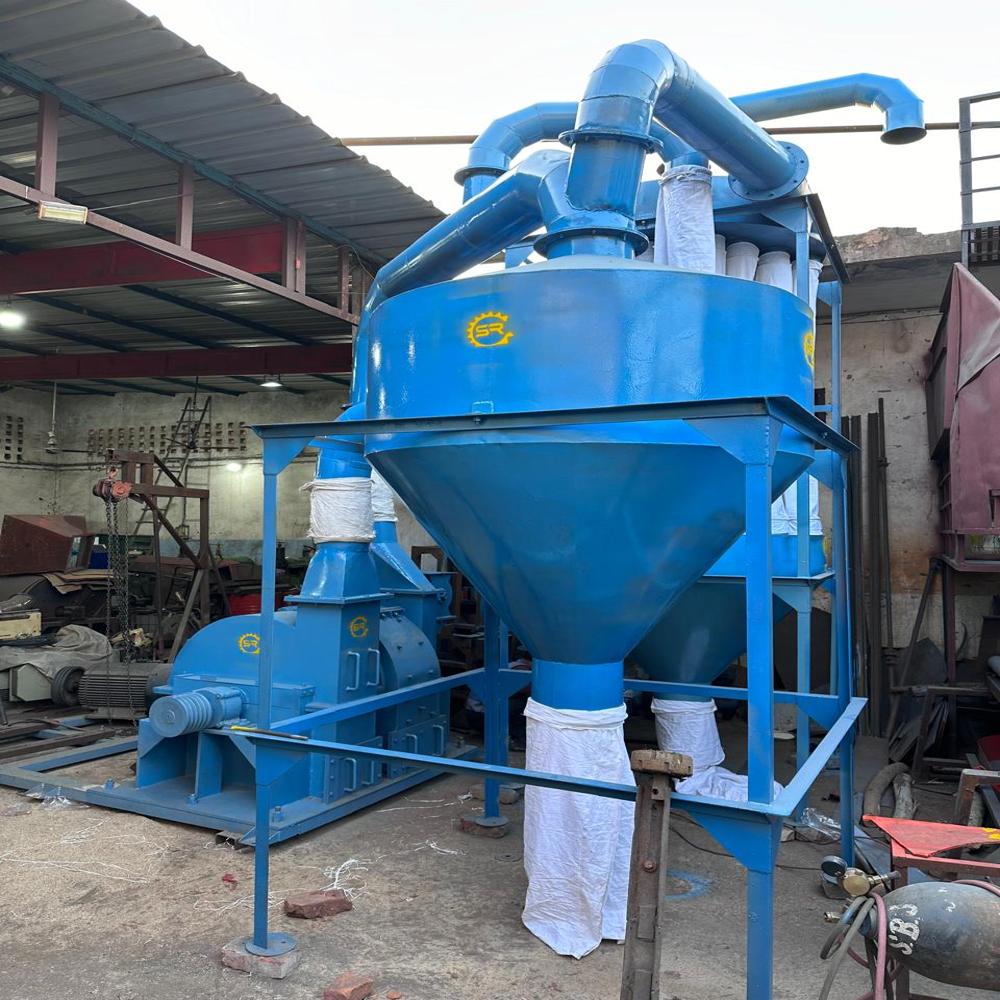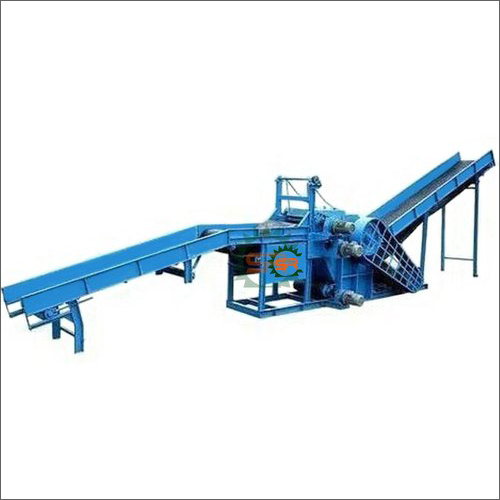impact pulverlizer machine
Price 249999.0 INR/ pieces
About impact pulverlizer machine
ChatGPT said:



Tell us about your requirement

Price:
Quantity
Select Unit
- 50
- 100
- 200
- 250
- 500
- 1000+
Additional detail
Mobile number
Email
More Products in Wood Chipper Machine Category
Heavy Duty Wood Drum Chipper Machine
Price 1100000 INR / Piece
Minimum Order Quantity : 1 Piece
Color : Blue
Automation : Automatic
Power : Electric
Product Type : Woodworking Machine

 Send Inquiry
Send Inquiry


